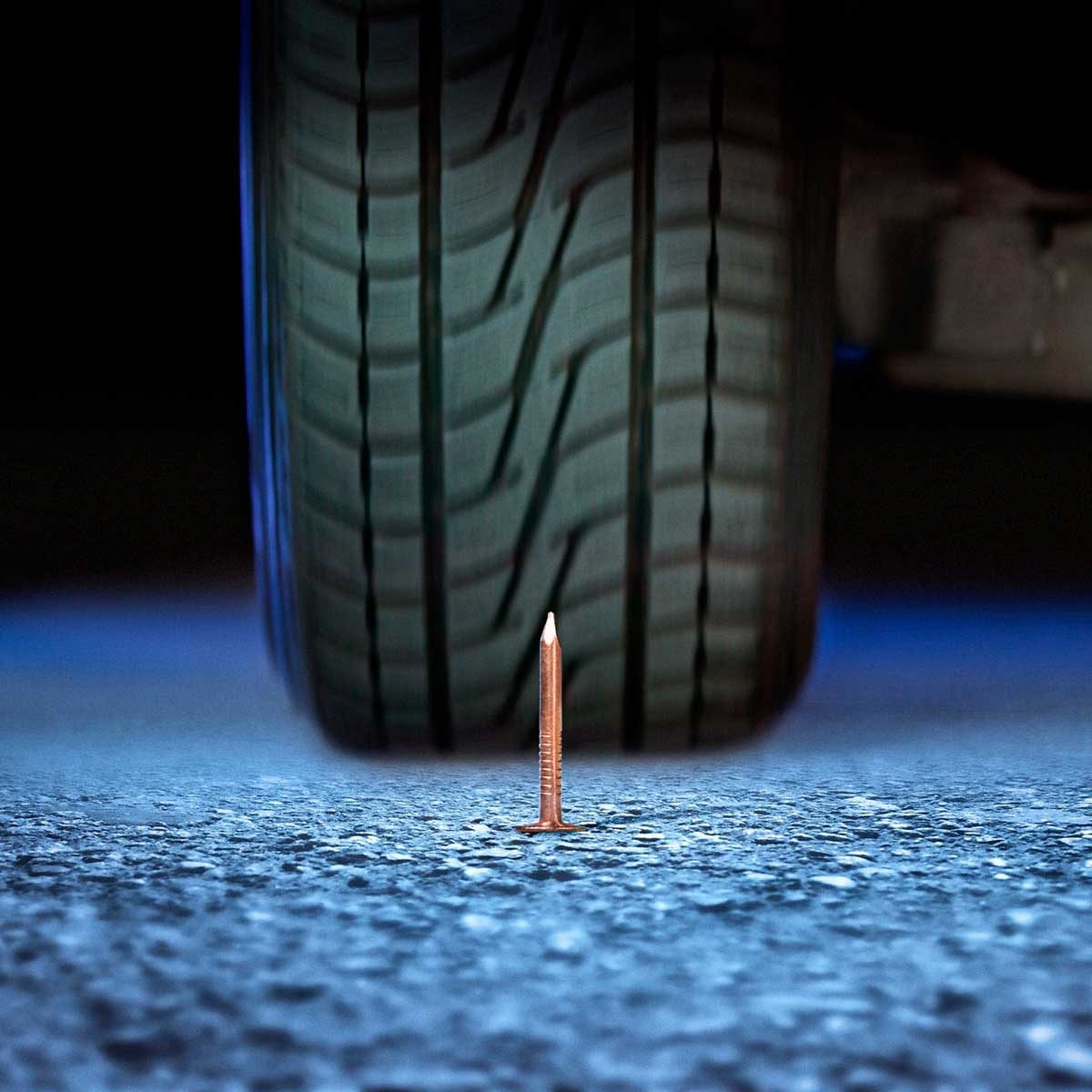You are driving down the interstate when all of a sudden you sense the vehicle shake. Then you notice the sounds that are characteristic of a flat tyre. You exit the vehicle, swap it out, and then go to the service centre. But when it comes to mending a flat tyre, which method—the plug or the patch—is more effective? If you wish to replace your flat tyre with Roadstone Tyres in Finchley, kindly contact us.
For decades, people have been debating whether or not this is the appropriate technique to conduct these repairs. Patching, according to the opinions of certain industry professionals, takes up too much time. They believe that it is an overly complicated process for anything as simple as a little nail puncture. In this instance, a plug will serve its purpose admirably.
Some people believe that plugs should never be in use since they always pose a risk and that patching is the only acceptable technique to repair a tyre. Since the year 2012, it has been against the law for repair businesses to employ plugs or patching on their own. Instead, both must be in use simultaneously. It should come as no surprise that the measure did not pass. The following is our analysis of the situation:
The Function of a Plug
Small leather pieces get coated with a sticky, unvulcanized rubber composition to create tyre plugs. If you press this plug inside a nail cavity, it will seal it off. The rubber ooze vulcanizes as a result of the heat from driving. This results in the patch being completely sealed. Repairs to plugs are really simple to carry out. To fix them, it is not necessary to remove the tyre from the wheel. Those who say it’s possible to fix the automobile while the wheel remains on it have never attempted it.
List The Benefits And Drawbacks.
Plugs have several benefits, including their cheap cost and their ease of use. If you ask most mechanics, they will inform you that the greater part of plugs will survive for the whole of the tyre’s lifespan. Even if you want to do it the old-fashioned way, you may plug your tyre. Alternatively, you may spend money on a specialised tool that simplifies and expedites the procedure for those who do things themselves.
On the other side, it is obvious that a plug might malfunction at any time. However, this is never a pleasant thing to have to happen. Nevertheless, the most common reason for plug malfunction is that the hole in the outlet is overly big for the plug. It’s also possible that the form is atypical in some other way. In this particular instance, the harm must get repaired right from the beginning.
How the Repair Process Works
A strip of rubber with a sticky backing applied to the inside of tyres is the patch. Once the tyre reaches a certain temperature, the glue will vulcanize. This is a far more durable and efficient fix than the previous one. Patch fixes are often the purview of professional mechanics who have the necessary equipment to detach and reinstall the tyre. As a result, they require more time and are more expensive. On the one side, this may be an example of going to excessive lengths for very few deep gouges that may just as easily get filled up. On the other hand, when it pertains to the safety of tyres, going overboard is not something that is a negative thing.
When it Is Better to Replace Than Fix
Don’t forget that if there’s damage inside an inch of either sidewall, you shouldn’t employ a plug or patch to fix it. When rolling, the sidewall and shoulder regions of the tyre will bend an excessive amount. Any kind of repair will ultimately come undone because of this. When travelling, it often results in an abrupt and potentially disastrous loss of air pressure.
Take into account, however, that the tyre sidewalls are likely damaged if it gets driven on and when flat or underinflated for further than a few hundred yards. When a tyre starts to lose air pressure, the sidewalls of the tyre begin to deteriorate. The sides that are collapsing will eventually fold in on themselves. They will start rubbing against one other at some stage. To remove the rubber liner from the interior of the sidewalls, this method uses scrubbing motions that continue till the sidewall is irreparably destroyed.
Do you notice a “stripe” of wearing that goes across the circumference of the sidewall of the tyre? Does it feel more distinct from the remainder of the sidewall than it does? Or, if you take the tyre off, do you discover a significant amount of “rubber powder” within it? Or has the sidewall become so thin that you can now make notice of the internal structure? Do not attempt to fix the tyre, nor should you add air pressure to it. This is because it poses a significant risk. Instead, you should just go on and get a new Cheap Tyres in London.

